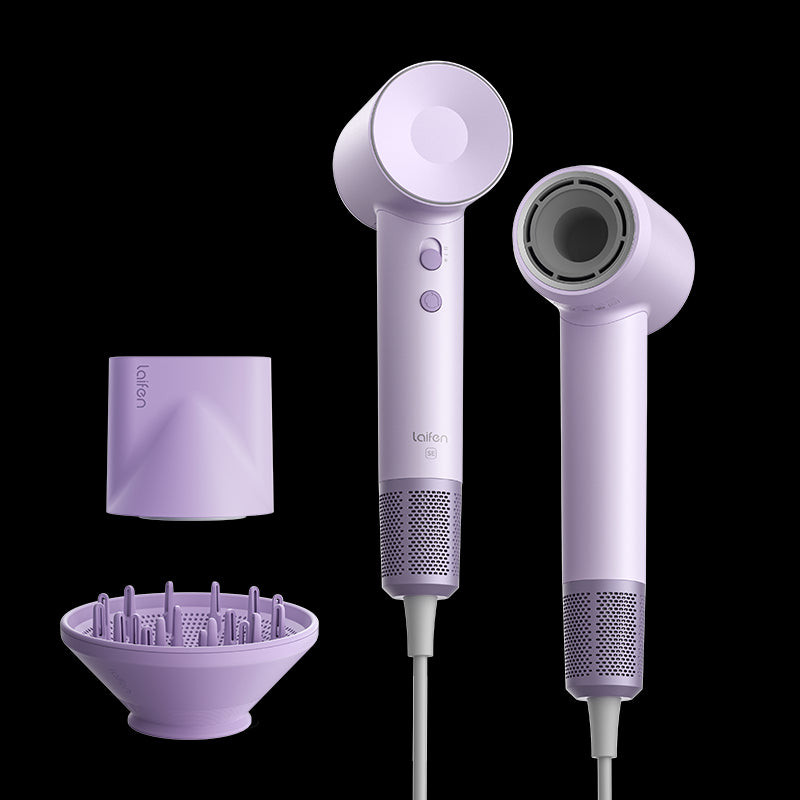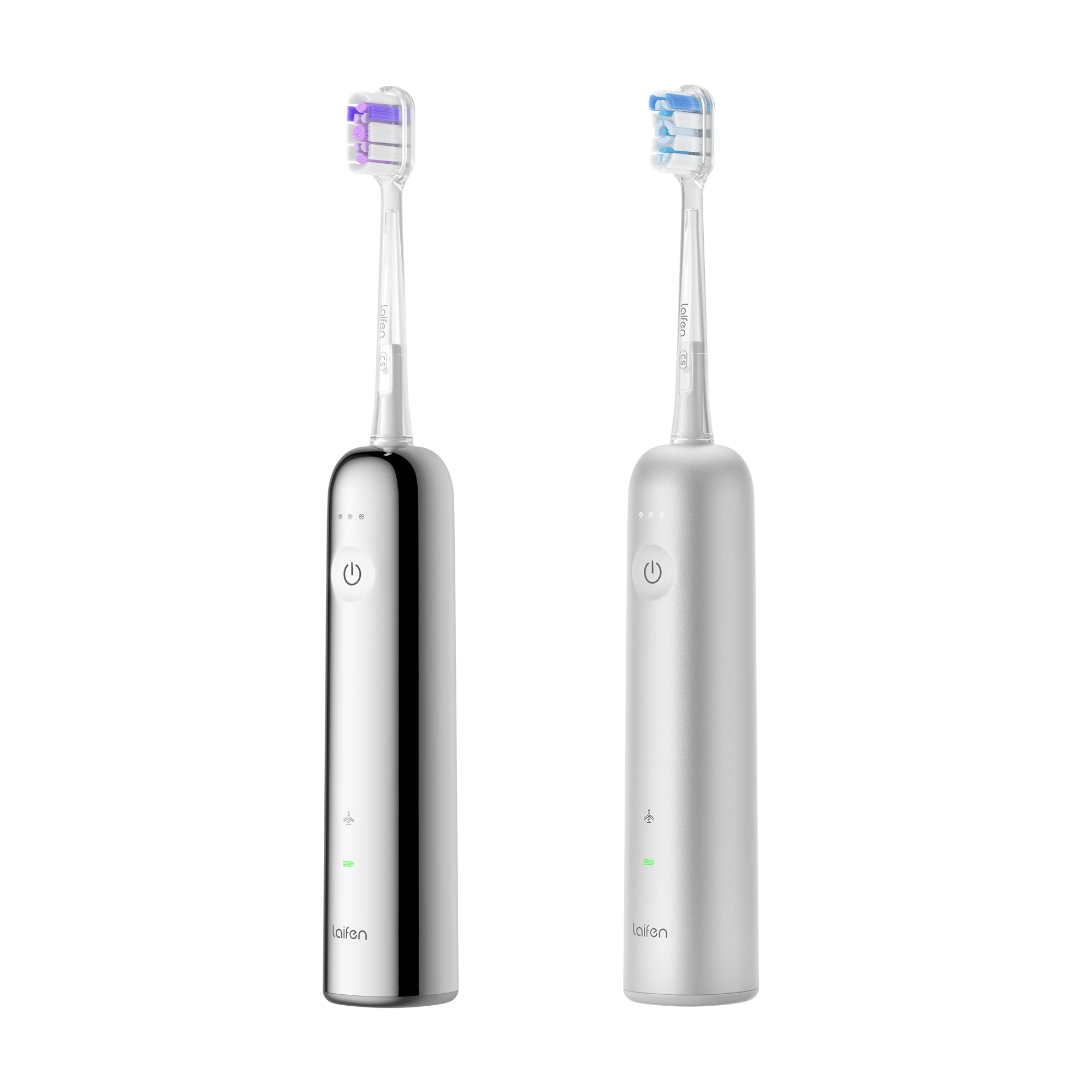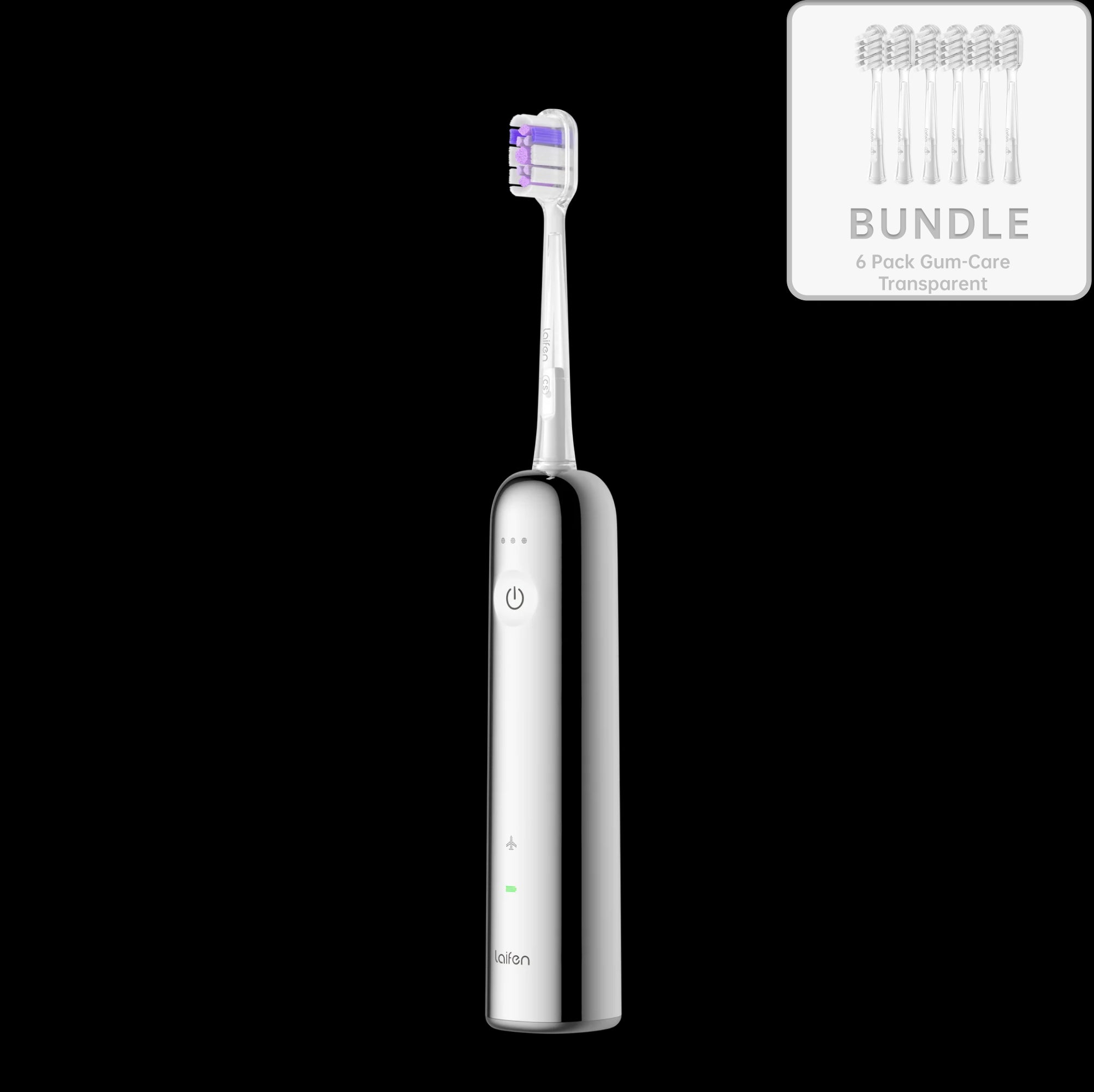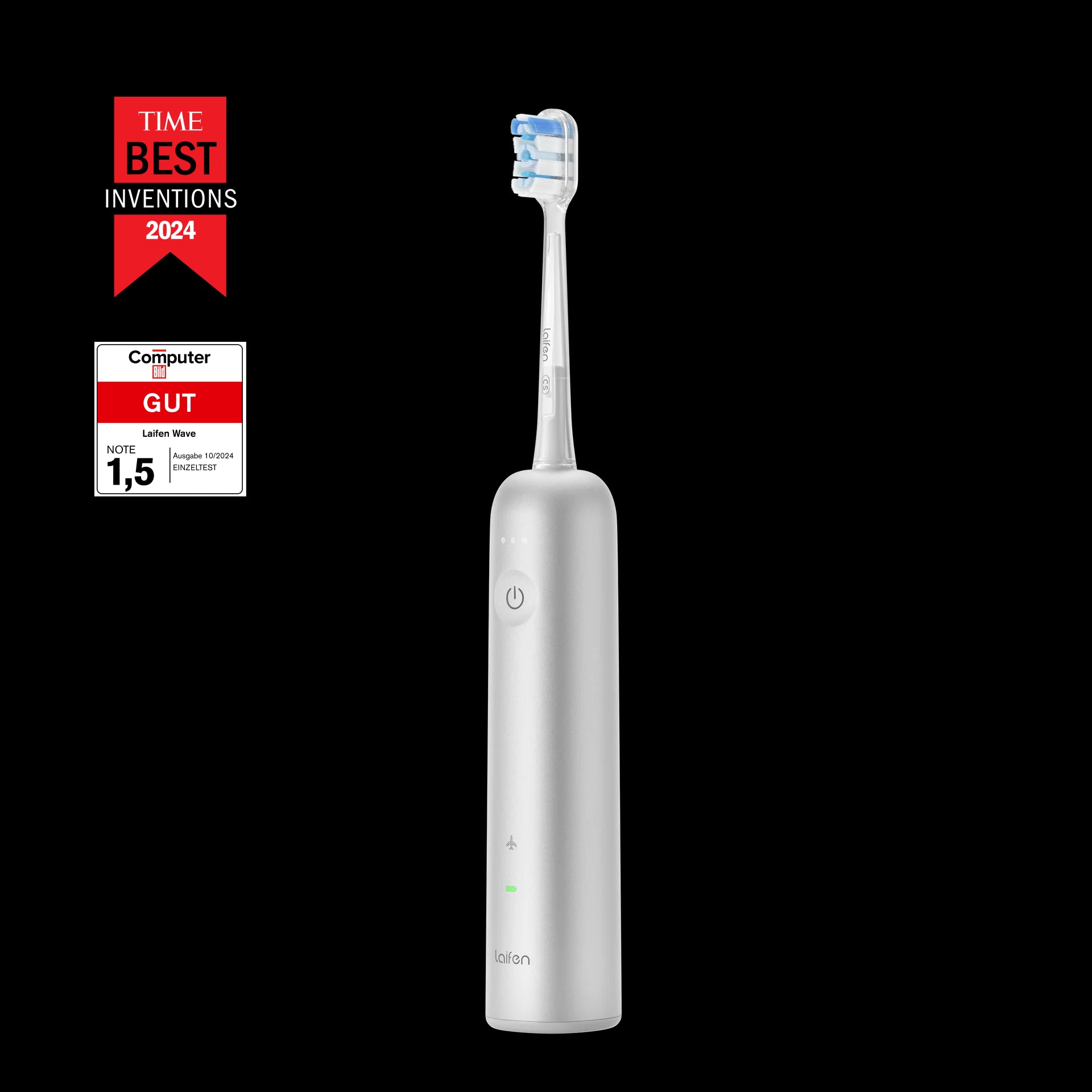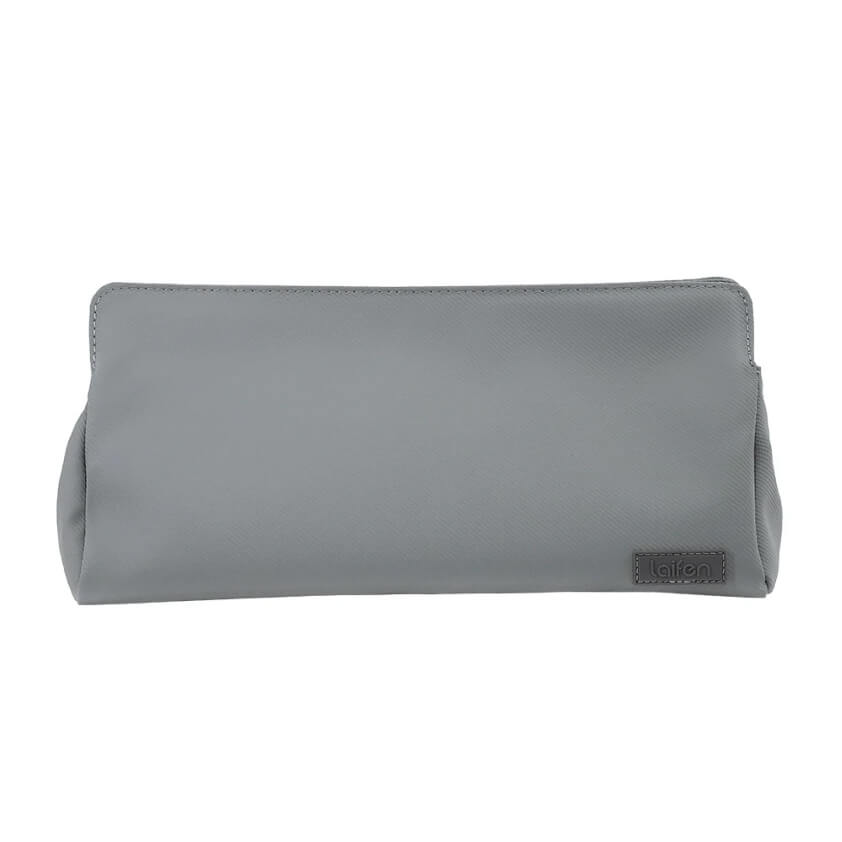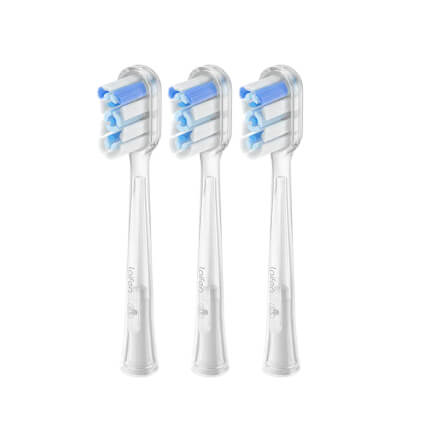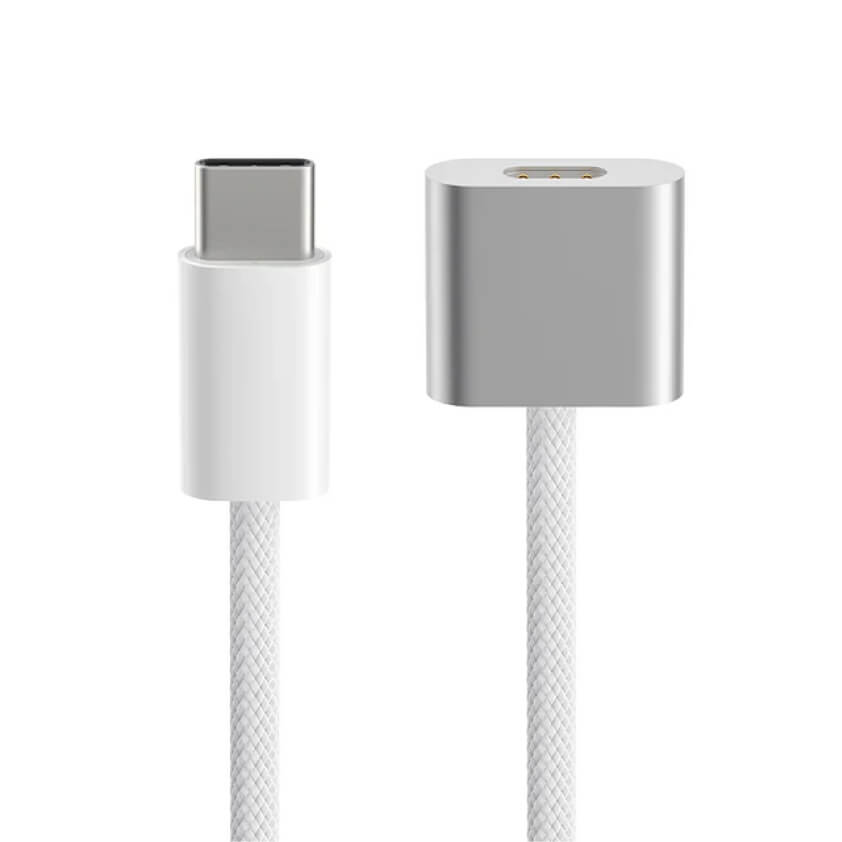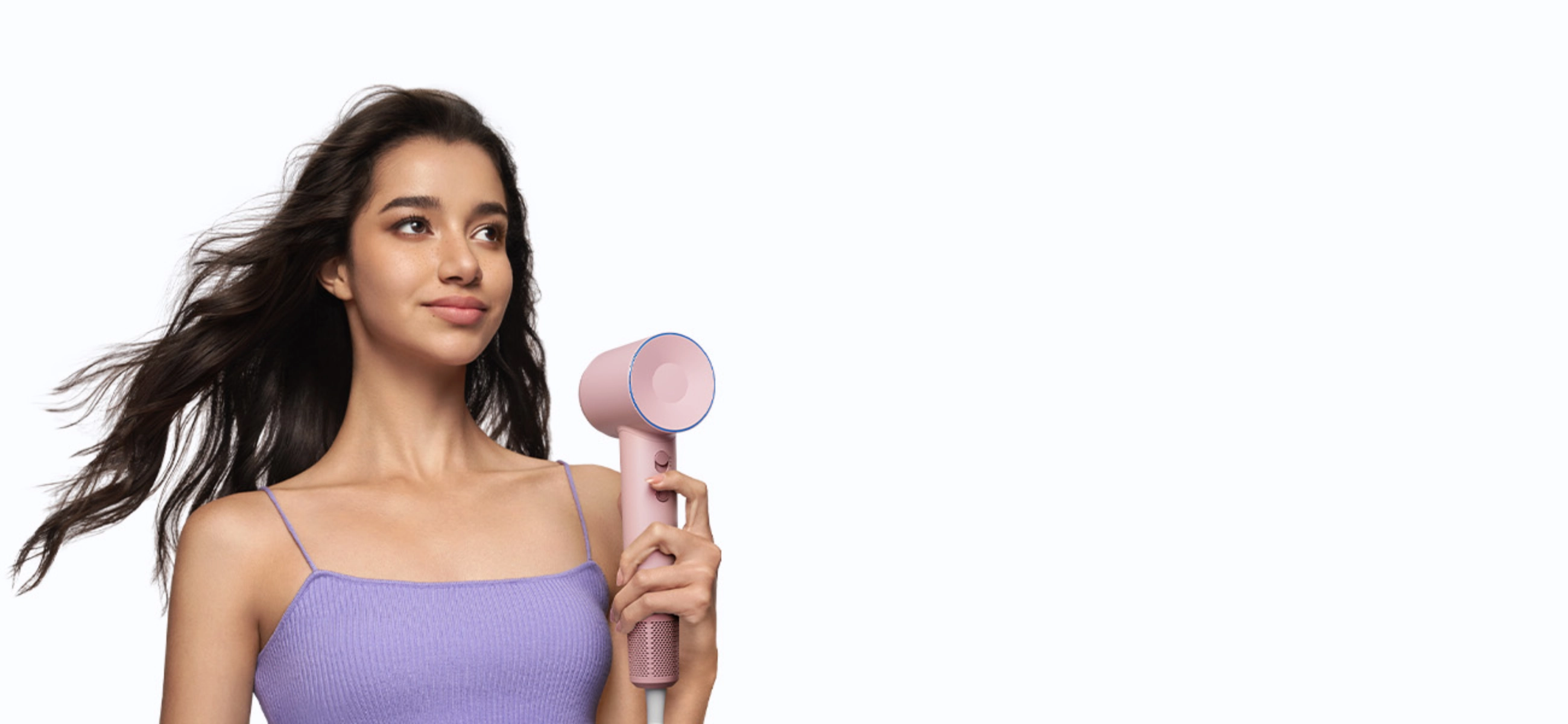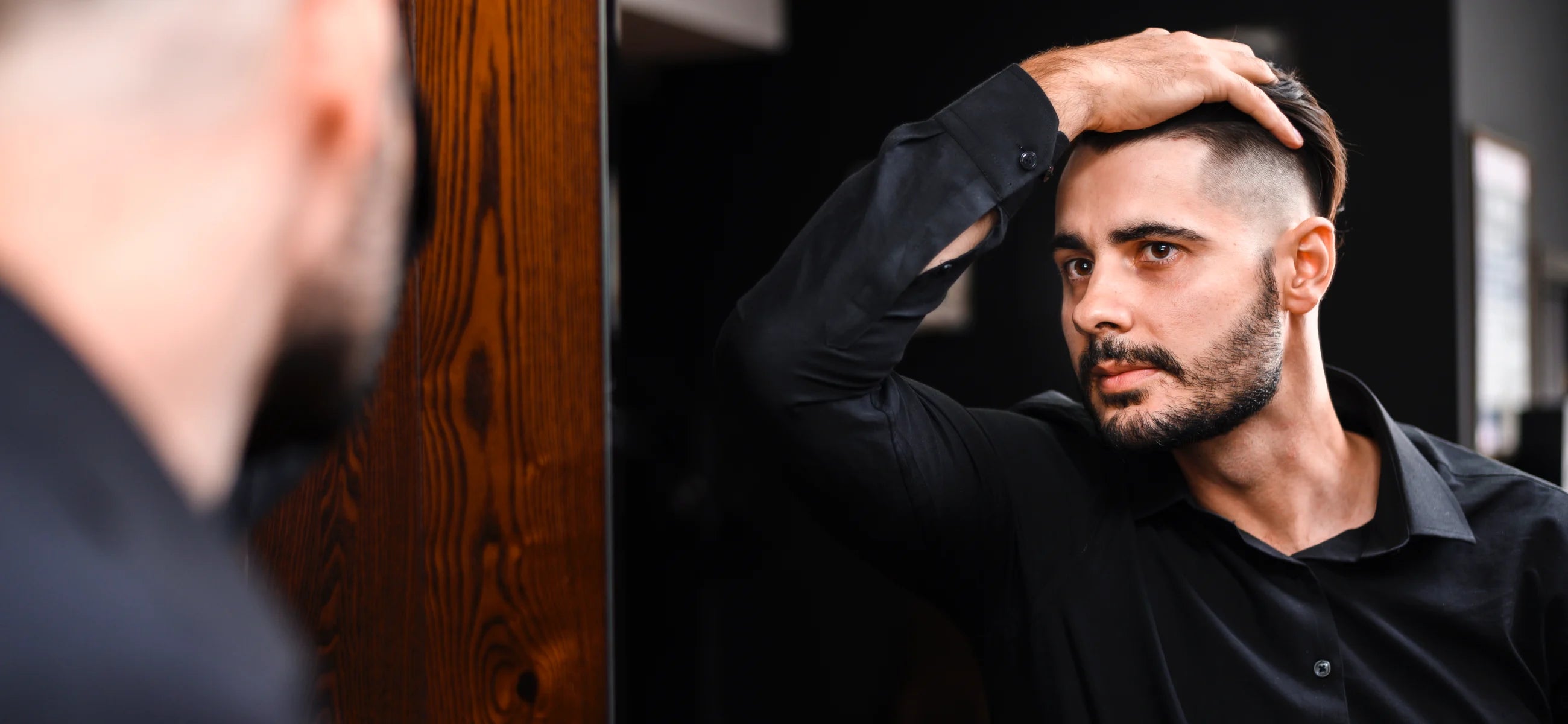
In this article
Low porosity hair can be a bit tricky to care for, but understanding your hair’s unique needs is the first step to achieving healthy, manageable locks. Many people with low porosity hair are simply born with it, as hair porosity is often determined by genetics. This hair type is common in various places across the United States, especially in cities with humid climates, like Miami, New Orleans, and Houston. However, it’s a global phenomenon.
If you’ve been struggling to care for your hair, this article will provide you with practical tips and tricks for caring for low porosity hair.
What is low porosity hair
This means your hair may appear shiny but can feel dry and resistant to absorbing conditioners or oils. It’s a natural characteristic, often inherited, and unlike high porosity hair, which absorbs moisture easily, low porosity hair tends to repel it. As a result, people with this hair type may find it takes longer for their hair to get wet or dry, and regular hair care routines might not be as effective without proper adjustments.
Why your hair is low porosity
Here are the most common reasons why your hair may have low porosity:
-
The most significant factor is your genetic makeup. If you were born with low porosity hair, it’s because your hair cuticles are naturally tightly packed.
-
Using shampoos and hair products with sulfates or high alcohol content can damage the hair’s cuticle layer.
-
Living in areas with extreme weather conditions, like high humidity or dry climates, can influence how your hair behaves
-
Excessive use of chemical treatments such as perms, relaxers, or dyes can alter the structure of the hair.
-
Poor hair health from inadequate nutrition or excessive heat styling can weaken the hair’s ability to absorb moisture.
-
When hair is not regularly moisturized or conditioned, the cuticle layer may close tightly.
10 best tips for low porosity hair
1. Use a steaming treatment
One of the best ways to help low porosity hair absorb moisture is through steaming. The heat from the steam opens up the cuticles and allows deep conditioning treatments to penetrate more effectively. A good steam treatment can help revive dry, dull strands and ensure that the nutrients in your products are fully absorbed.
2. Invest in an ionic hair dryer - Laifen Swift Special

Using an ionic hair dryer can make a noticeable difference for those with low porosity hair. The Laifen Swift Special, for instance, uses ionic technology to generate negative ions that help break down water molecules. With Laifen, you are able to dry your hair without stripping it of essential hydration.
3. Try to use heat with your deep conditioners
For low porosity hair, simply applying a deep conditioner isn’t enough. To make it truly effective, you need to apply heat. Heat opens the hair cuticles. You can use a heat cap, towel, or hooded dryer to enhance the process. By adding warmth, you create an optimal environment for your conditioner to work its magic.
4. Avoid heavy creams and oils
People with low porosity hair often struggle with product buildup. Heavy oils and creams sit on the surface without absorbing into the hair, leaving it greasy and weighed down. Instead, just select from lightweight leave-in conditioners and products that offer moisture without clogging your hair.
5. Incorporate apple cider vinegar rinses
Apple cider vinegar (ACV) is a powerful natural ingredient that can help balance the pH level of your hair. For low porosity hair, it works by helping to lift the cuticle slightly. ACV also removes product buildup, which can be a major issue for low porosity hair. Simply dilute the vinegar with water and use it as a final rinse after shampooing to clarify your hair and allow it to better absorb your conditioner.
6. Focus on clarifying shampoos
Low porosity hair often has issues with buildup from oils and heavy products. Using a clarifying shampoo once a month can help clear away any residue. However, don’t overdo it—clarifying shampoos can be drying, so limit their use.
7. L.O.C. method
The L.O.C. method (Liquid, Oil, Cream) is especially helpful for those with low porosity hair. Start by applying a hydrating liquid or leave-in conditioner to your hair, followed by an oil to seal in moisture. Finish with a cream-based product to lock everything in. This layering method ensures that moisture is properly absorbed and sealed in, preventing dryness. Since low porosity hair doesn’t easily absorb products, this method helps maximize moisture retention.
8. Avoid hot water when washing
Hot water can be too harsh on low porosity hair, as it can cause the cuticles to become too tight, making it even harder for moisture to enter. When washing your hair, use lukewarm or cool water to gently cleanse without causing the cuticles to close up. This helps your conditioner to work more effectively and ensures that your hair maintains a healthy moisture balance throughout the wash routine.
9. Limit protein treatments
While protein treatments can help restore strength to the hair, they can be overdone, especially for low porosity hair. If you overuse protein-rich treatments, they can make your hair feel stiff or dry, as low porosity hair tends to hold onto protein longer than it needs. Aim for moisturizing treatments that focus on hydration rather than protein.
10. Detangle with care
Detangling low porosity hair can be challenging due to its resistance to moisture. It’s best to detangle when your hair is damp and conditioned. Use a wide-tooth comb or your fingers to gently work through any knots, starting from the tips and working your way up. Always be gentle, as tugging can cause breakage. To make detangling easier, try a detangler before you begin.


